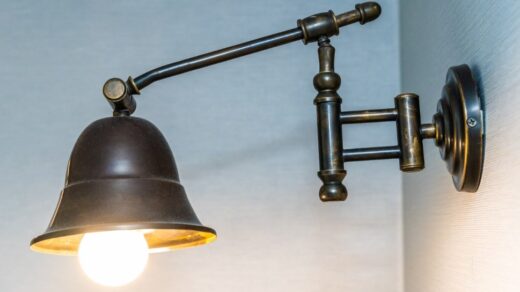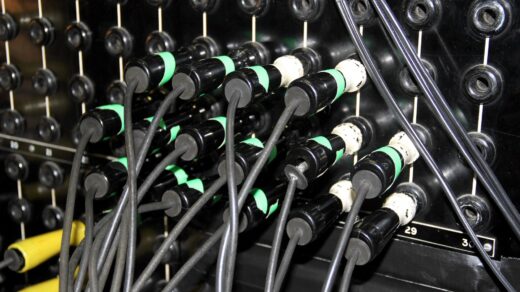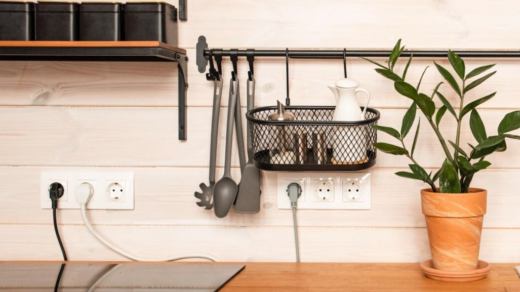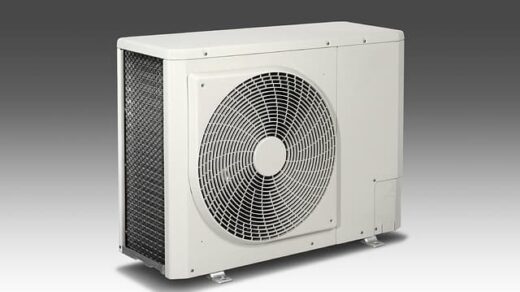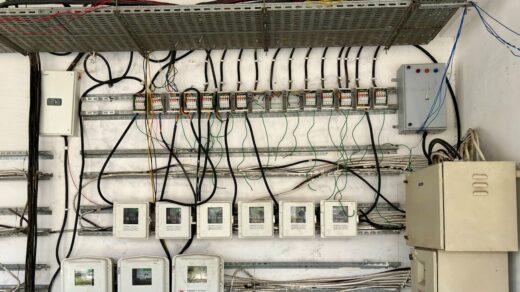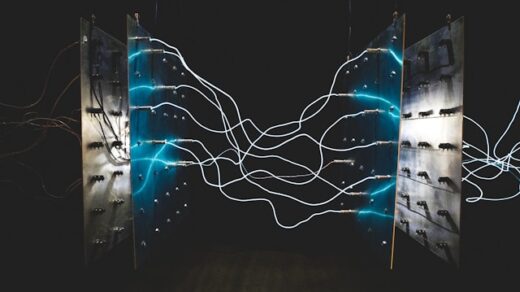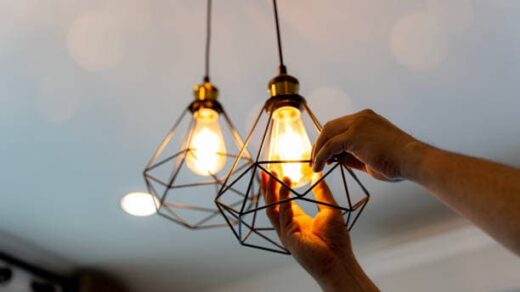In the complex realm of home wiring, aluminum has been a subject of considerable debate due to the unique challenges it presents.
This detailed guide seeks to unravel the intricacies associated with aluminum wiring, offering insights into its common issues, potential hazards, and comprehensive solutions that ensure the safety and efficacy of electrical systems in residential settings.
Table of Contents:
- Unraveling the Challenges;
- The Awakening Awareness;
- The Triad of Distinctions;
- Insurer’s Perspective and Solutions;
- Navigating the Complex Terrain;
- Identifying Issues Associated with Aluminum Conductors;
- Comprehensive Solutions to Aluminum Wiring Issues;
- The Implications of Insurer’s Scrutiny;
- Navigating Regulatory and Safety Standards;
- Conclusion.
Unraveling the Challenges
Faulty electrical systems stand as one of the leading culprits behind residential fires in Canada. Particularly, homes integrated with aluminum wiring have come under scrutiny, attributed to a heightened risk profile when compared to their copper counterparts. Accredited entities like the Association of Certified Home Inspectors have highlighted the potential perils associated with aluminum as an electrical conductor. Moreover, the juxtaposition of copper and aluminum wiring in residential settings has been identified as a potential hazard if appropriate connectors are not employed.
The Awakening Awareness
As of June 2019, the Electrical Safety Authority underscored an amplification in the vigilance towards the safeguarding of homes with aluminum wiring. The spotlight on this issue emanates from the associated fire hazards, leading to hurdles in securing home insurance for residences with such installations.
Initially, the proliferation of aluminum wiring was received with open arms, but subsequent revelations of associated issues, such as overheating, have raised alarms. Manifestations of these issues include warm switch cover plates, insulation burn, and inconsistent lighting.
The Triad of Distinctions
Further investigations by authorities unveiled three cardinal disparities between aluminum and copper wiring. These are:
- Oxidization Dynamics: Aluminum’s diminished conductivity upon oxidization, unlike copper, impedes the seamless transmission of electrical currents;
- Material Integrity: Aluminum’s intrinsic softness renders it susceptible to breakage or damage;
- Thermal Responses: Aluminum’s expansion and contraction in response to heating, termed ‘cold creep,’ can lead to loose connections.
Insurer’s Perspective and Solutions
Since the turn of the millennium, there has been a surging interest and concern regarding aluminum wiring, with insurance entities becoming increasingly circumspect. The nuanced approach towards the inspection and repair of such wiring becomes critical, often mandating the expertise of a licensed contractor to ascertain the necessity for refurbishment or overhaul.
Navigating the Complex Terrain
Each home is idiosyncratic, necessitating a customized assessment and remediation approach for those built between the mid-1960s and late 1970s with aluminum wiring. The pivotal role of seasoned electrical contractors, adept in the specialized techniques requisite for the repair and maintenance of aluminum wiring, cannot be overstated.
Identifying Issues Associated with Aluminum Conductors
Unraveling the complexities associated with aluminum conductors begins at the termination points, a crucial aspect often underscored. The meticulous process entails the inspection of every outlet, switch, fixture, and appliance connection. In the electrical panel, a detailed visual assessment is conducted, seeking evidence of failure and overheating but ensuring the devices or conductors remain undisturbed. The absence of darkened connections, discolored terminals, or melted insulation is a positive indicator of system integrity.
The markers on the insulation, typically labeled AL, Aluminum, or ALUM every 12 inches, serve as identifiers. Should anomalies be detected, it is paramount that the compromised segments of the aluminum conductors are meticulously cut back. The excision of the damaged portions precedes comprehensive repair work. Regular inspections, preferably every 4-5 years, are advocated to ensure the structural and functional integrity of the aluminum conductor systems, mitigating potential hazards.
Comprehensive Solutions to Aluminum Wiring Issues
A plethora of strategies have been deployed to mitigate the issues associated with aluminum conductors. These comprehensive solutions are outlined as follows:
- Rejuvenation of Connections: Implementing specialized techniques to refresh the terminal points, ensuring optimal conductivity and reducing risks of overheating;
- Integration of Copper Terminations: Employing pigtailing methods to integrate copper terminations, enhancing the compatibility and safety of the connections;
- Adoption of AL-CU Rated Devices: Implementing devices rated for both aluminum and copper to bolster safety and performance;
- Periodic Assessment: Instituting a regular schedule for professional evaluations to identify and rectify potential issues in the early stages.
These targeted solutions are aimed at enhancing the safety, reliability, and performance of electrical systems with aluminum conductors, ensuring they meet the requisite safety standards.
The Implications of Insurer’s Scrutiny
Insurer’s heightened scrutiny on homes equipped with aluminum conductors is drawing attention to the urgency of addressing the associated challenges. Insurance companies are increasingly meticulous, often necessitating comprehensive inspections and, in some instances, complete overhauls of the wiring systems before issuing or renewing policies.
There’s a growing demand for licensed professionals adept in specialized techniques for repairing and maintaining aluminum conductors. These experts ensure that the remediation or replacement processes are executed with precision, adhering to the industry’s gold standards and fulfilling insurers’ stringent requirements.
Navigating Regulatory and Safety Standards
Compliance with regulatory and safety standards is not just a legal obligation but also a moral imperative. Homes equipped with aluminum conductors are subject to specific codes and regulations, requiring homeowners and professionals alike to be abreast of the evolving norms. This adherence not only guarantees safety but also ensures the electrical systems’ longevity and efficiency.
The integration of advanced technologies, tools, and methodologies is playing a pivotal role in navigating the complexities of aluminum conductors. These innovations are instrumental in ensuring that the installations, repairs, and maintenance align with the stipulated safety protocols, offering residents peace of mind.
Conclusion
The discourse surrounding the challenges and solutions associated with aluminum conductors is multifaceted and dynamic. While the material’s cost-effectiveness is undeniable, the associated challenges necessitate informed and strategic approaches to ensure safety and performance. From the identification of issues, implementation of comprehensive solutions, and navigation of insurer’s scrutiny to adherence to regulatory and safety standards, every facet is integral.
The central tenet underscores the indispensability of professional expertise. Licensed professionals equipped with specialized skills and tools are pivotal in navigating the complex terrain of aluminum conductors, ensuring not just compliance with standards but also the optimization of safety and performance. The evolving landscape of regulatory norms and technological innovations is shaping the narrative, and in this unfolding scenario, informed decisions and strategic partnerships between homeowners and professionals stand as the bedrock of safety and efficacy in the world of aluminum conductors.

